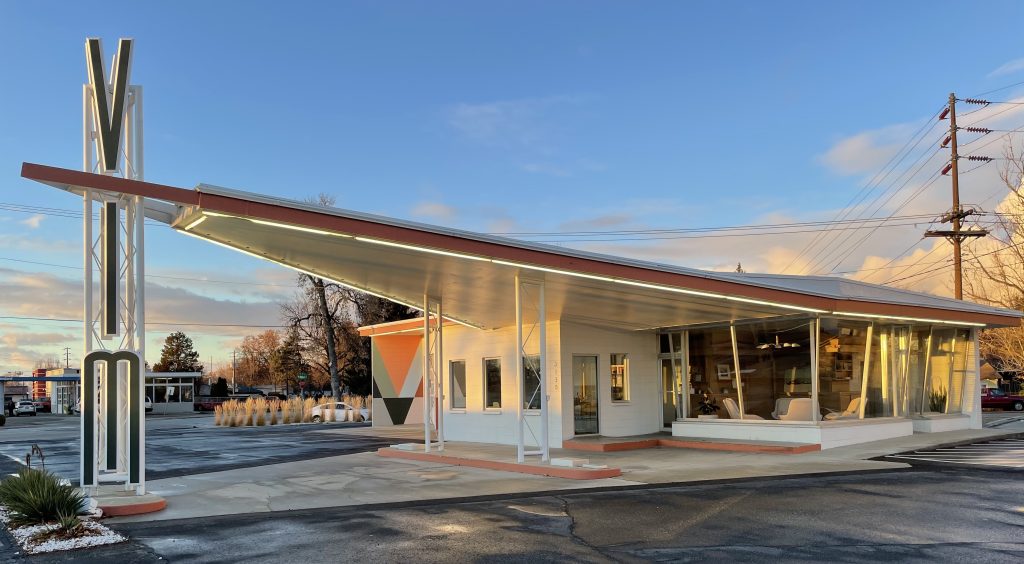
An important federal program for encouraging private investment in historic buildings involves the tax incentives available for some owners and developers. For certain qualifying projects, the owner may claim 20% of their rehabilitation project costs as investment tax credits that can be applied to their federal income tax.
The basic Internal Revenue Service requirements are:
- The building must be used for an income-producing purpose. Single-family, owner-occupied homes do not qualify.
- The rehabilitation must be substantial (as determined by a formula involving the adjusted basis of the building).
- The property must be ready to be occupied and put back in productive use.
- The building must be certified by the National Park Service as an historic structure.
- The rehabilitation project must be approved by the SHPO and National Park Service as meeting the Secretary of the Interior’s Standards for the Rehabilitation of Historic Buildings.
- Other requirements as established by IRS or NPS regulations.
The overall intent of the program is to provide private owners and developers with an attractive financial incentive to make a major investment in older buildings. This highly successful federal program, in existence in various forms for over 30 years, has created thousands of jobs and injected new long-term financial life into often neglected or under-used historic buildings throughout the nation.
In the past several years the program has generated over $35 million in private investment in over 50 historic buildings around Idaho.
The Idaho SHPO has a formal role in the rehabilitation tax credit application process, including (but not limited to) providing technical information on meeting the Secretary’s Standards, processing, reviewing, and commenting to the National Park Service about certification applications, and giving other advice to building owners, developers, and architects involved in such projects.
Building owners seeking application and certification instructions should read the Historic Tax Credit Handout.
The National Park Service explains the tax incentives and rehabilitation standards on their website. The NPS also has recently released a report on the impact of the Tax Credit program; nation-wide, the program generated $7.4 Billion in GDP and 129,000 jobs in 2018 alone!
Another federal financial incentive for historic preservation, specifically with regard to conservation easements, is the charitable deduction provisions of IRS code. In some cases, owners of historic properties may qualify for a charitable deduction by donating a façade easement (conservation easement) on their historic property to an appropriate recipient such as a unit of government or other non-profit entity. Such easements place restrictions on what future owners may do with the exterior of the building thus preserving the property for historic purposes. The reduction of market value with the easement is treated as a charitable deduction on the donor’s federal taxes (similar to donating a painting to a museum).
For more information or assistance call (208) 488-7468 or e-mail.
Important Note: The preceding information is a general discussion of certain provisions of federal tax law and Internal Revenue Service regulations and is presented here for general information purposes only. Persons interested in these programs are advised to seek counsel from trained tax law professionals.

